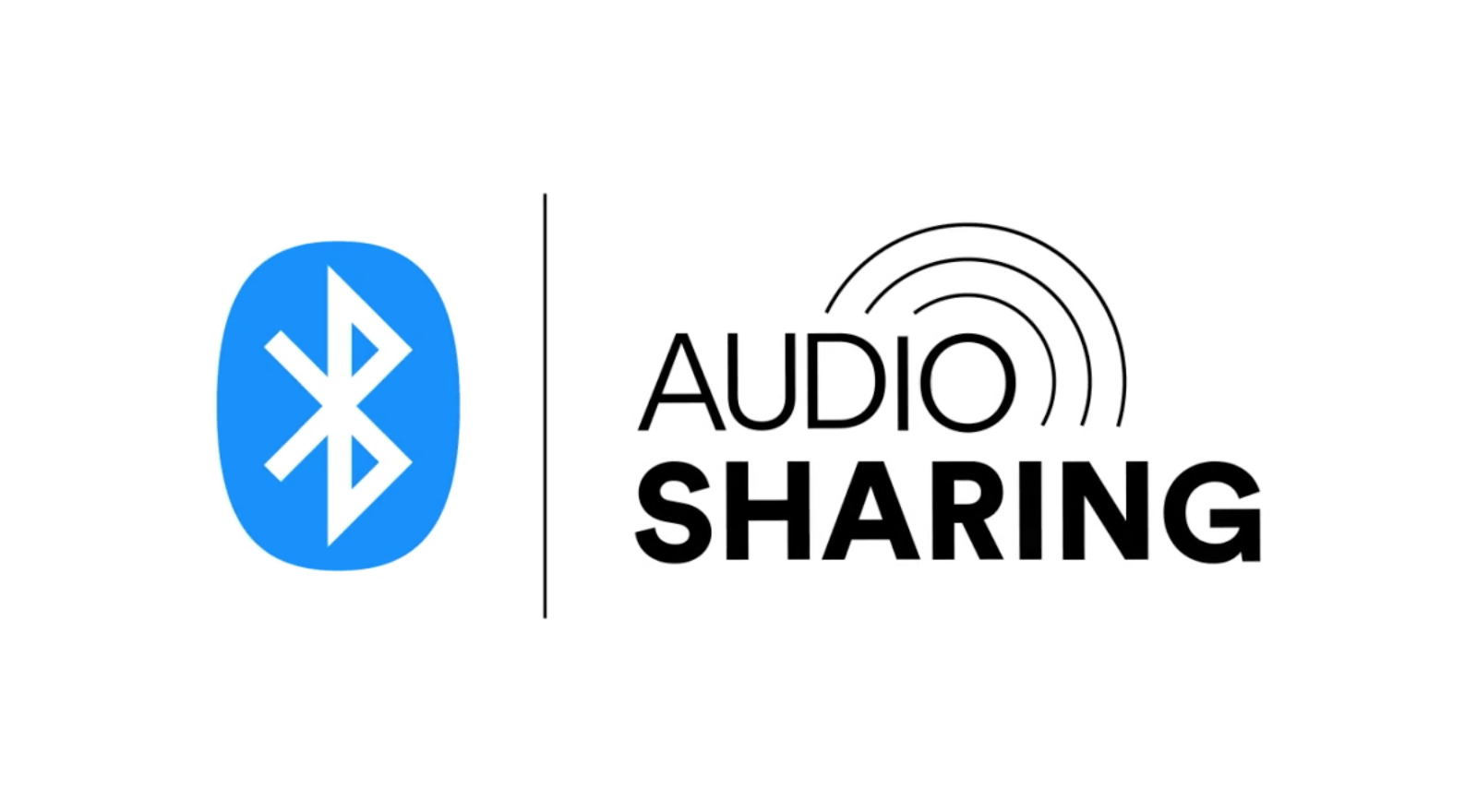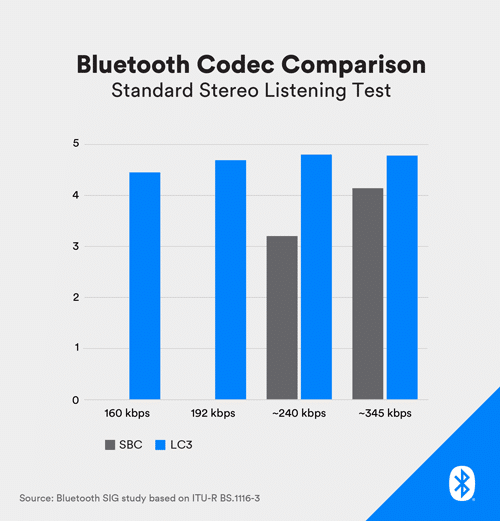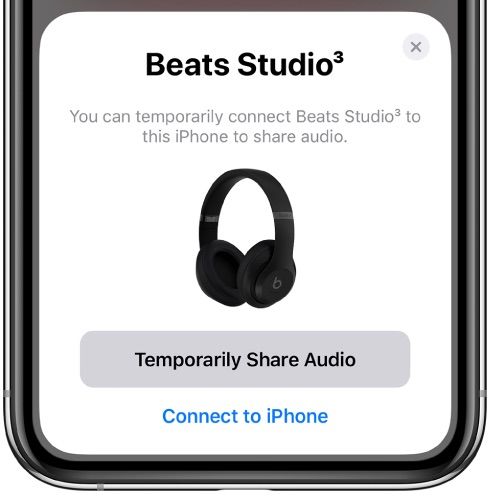
The Bluetooth Special Interest Group (SIG), the standards organization that oversees the development and licensing of the various Bluetooth standards, today unveiled the next generation of its wireless audio specification with useful new features like audio sharing.
Called Bluetooth LE Audio, this upcoming new wireless audio standard is based on the Bluetooth Low Energy specification in order to keep power consumption at minimum. More importantly, Bluetooth LE Audio offers “improvements in perceived audio quality at a lower bit rate” and brings major improvements to hearing aid technology.
Audio improvements stem from a new Low Complexity Communication Codec (LC3):
Providing high quality even at low data rates, LC3 will bring tremendous flexibility to developers, allowing them to make better design tradeoffs between key product attributes such as audio quality and power consumption.
Listening tests have shown that LC3 will provide improvements in audio quality over the SBC codec included with Classic Audio, even at a 50 percent lower bit rate.
Lastly, Bluetooth LE Audio will bring seamless audio sharing because it enables transmission of multiple, independent, synchronized audio streams. The current Bluetooth 5.0 specification supports sharing of one audio source with two audio devices, like two sets of headphones.
Apple with iOS 13 and the rest of OS updates already supports audio sharing.

However, Bluetooth LE Audio will enable people to share a single audio source with many devices. For example, you’ll be able to hold a movie party with all of your friends enjoying the show through their own wireless headphones or earphones.
Bluetooth audio sharing can be personal or location-based.
With personal audio sharing, people will be able to share their Bluetooth audio experience with others around them. For example, sharing music from a smartphone with family and friends.
With location-based audio sharing, public venues such as airports, bars, gyms, cinemas and conference centers can now share audio that augments the visitor experience.
Location-based audio sharing will also allow folks to select the audio being broadcast by silent TVs in public venues. Meanwhile, theaters, lecture halls and similar places will be able to share audio to assist visitors with hearing loss, provide audio in multiple languages and more.
TUTORIAL: How to share audio with wireless headphones from iPhone or iPad
Of course, audios haring will require that both the client device and the hosts are Bluetooth LE Audio-enabled (a similar requirement applies to Apple’s audio sharing feature in iOS 13).

As per the official website, Bluetooth LE Audio will improve the experience for hearing aids. “Within a few years,” most new phones and TVs will be accessible to users with hearing loss.
What’s your take on Bluetooth LE Audio?
Let us know by leaving a comment down below.